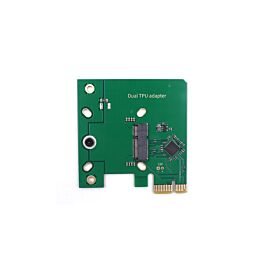I abandoned Coral for CPU processing sometime ago. It just sits in my machine although I may revert later if it proves worthy.
I very much get the impression from the varied results that this is something to do with the installation rather than the device. Some users have reported less than 10ms processing times whereas on mine (albeit on very old BI / CPAI versions now), I was seeing about 180-200ms for processing. However, mulitple triggers were causing queueing and sometimes timeouts. As I only have 2 cameras, this shouldn't really be overloading the Coral. From what I could tell before, it seems that those who installed Coral the full old way, got better times than those who used the built in installtion in CPAI. So maybe this could be where the issue lies. I was using YOLO 4 or 6 from memory (not on the BI machine currently to check).


